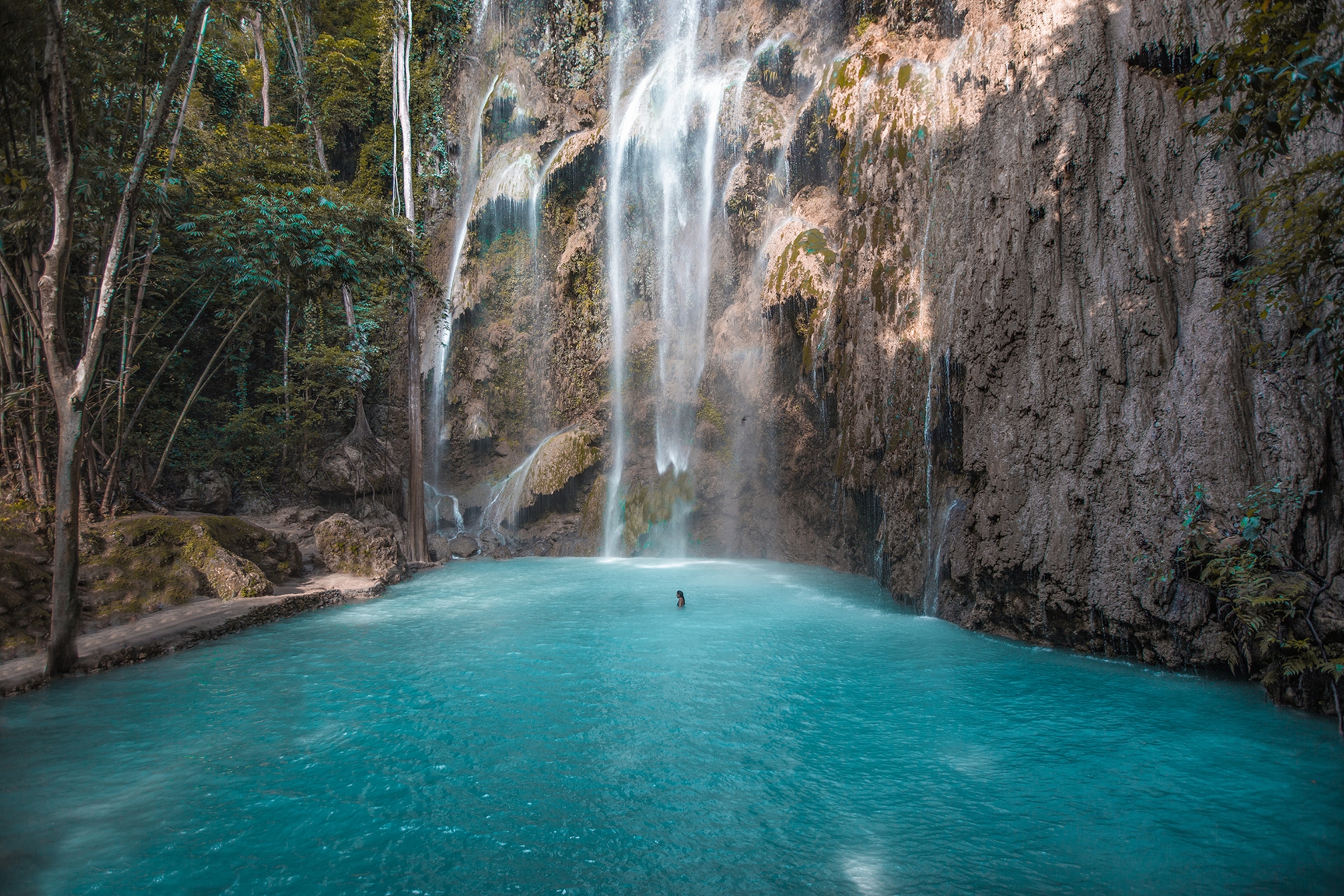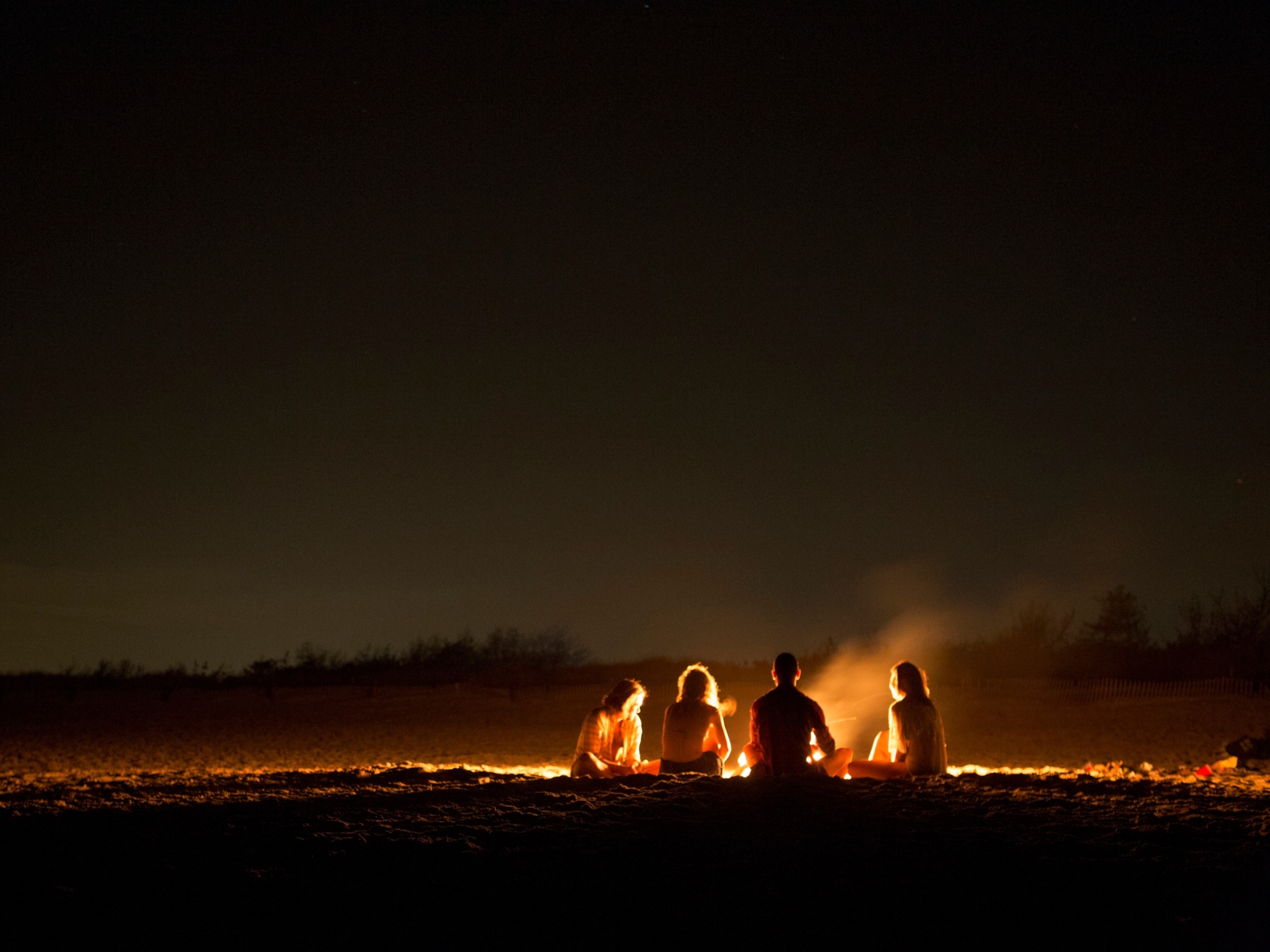Island chains in the Pacific Ocean (or anywhere for that matter) offer a different perspective on local life for travelers. Each island comes with experiences, customs, and cultures that, while they’re similar to the others, are unique in their own way.
There is a challenge, though, that comes with exploring an archipelago – transportation. Even islands that are close together can be tricky to get on and off because you have to rely on airports, bridges, and ferries, all of which can act as bottlenecks that slow you down and cut into your exploration time.

On the islands of the Cebu and Mactan, in the Philippines, work has been done over the last 5 years to reduce this problem. The final product is a new bridge, the Cebu-Cordova Link Expressway (CCLEX), which aims to relieve the pressure between the two islands. With the new bridge, it’s now easier to get from Mactan Cebu International Airport to Cebu Island, to explore the seemly endless wonders of the region.
Cultural experiences in Cebu City
Cebu City is the first stop coming from Mactan Island. It’s the largest city on the island and the fifth most populated city in the Philippines. With a modern history that goes back to the 1500s, Cebu City has a wealth of cultural experiences.
The best place to start is with Magellan’s Cross. Planted on the island in 1521 by Ferdinand Magellan, the cross has been an important part of their history since then. These days, you can find the cross in front of Cebu City hall in the pavilion it was placed in back in 1834.
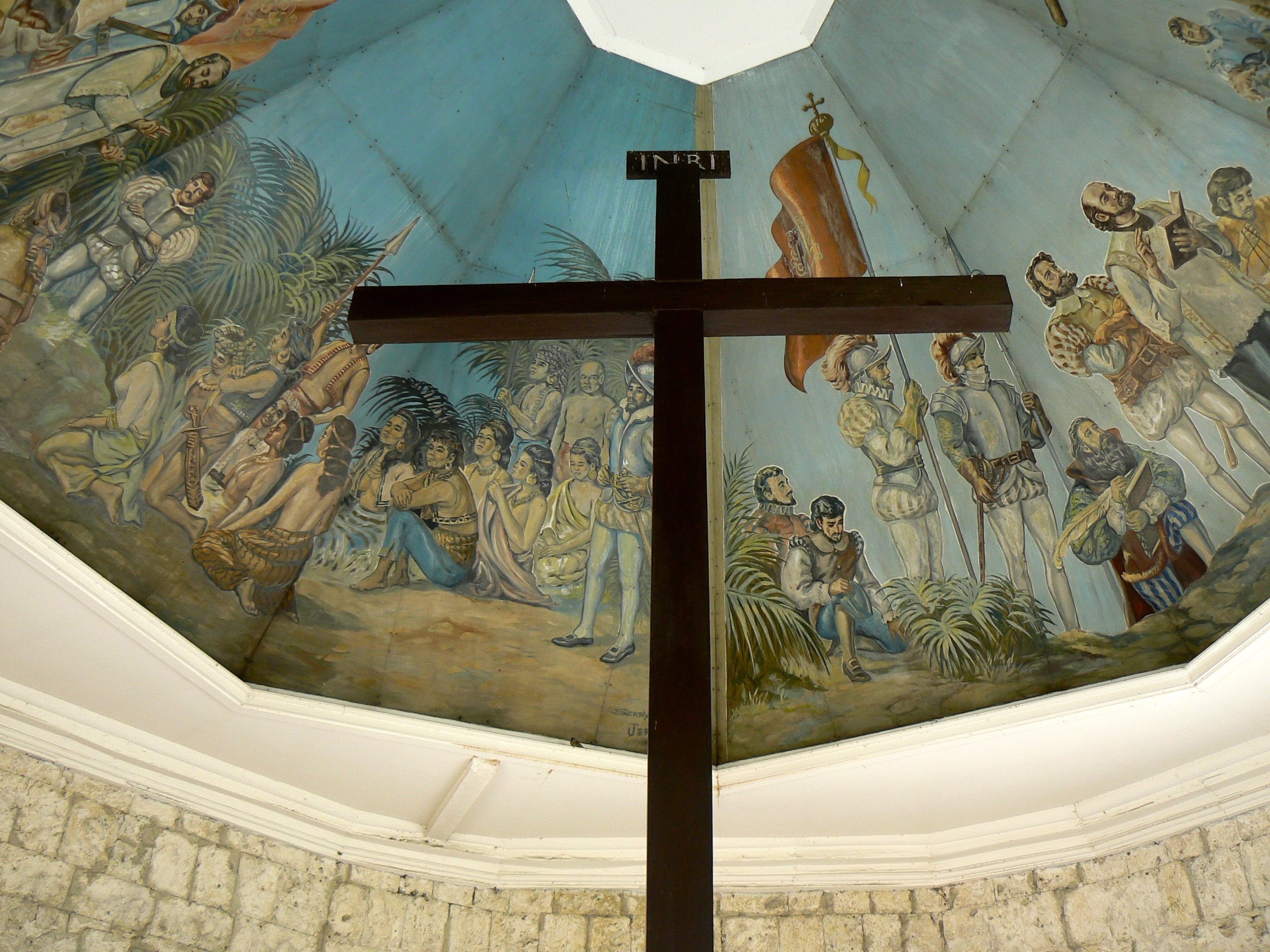
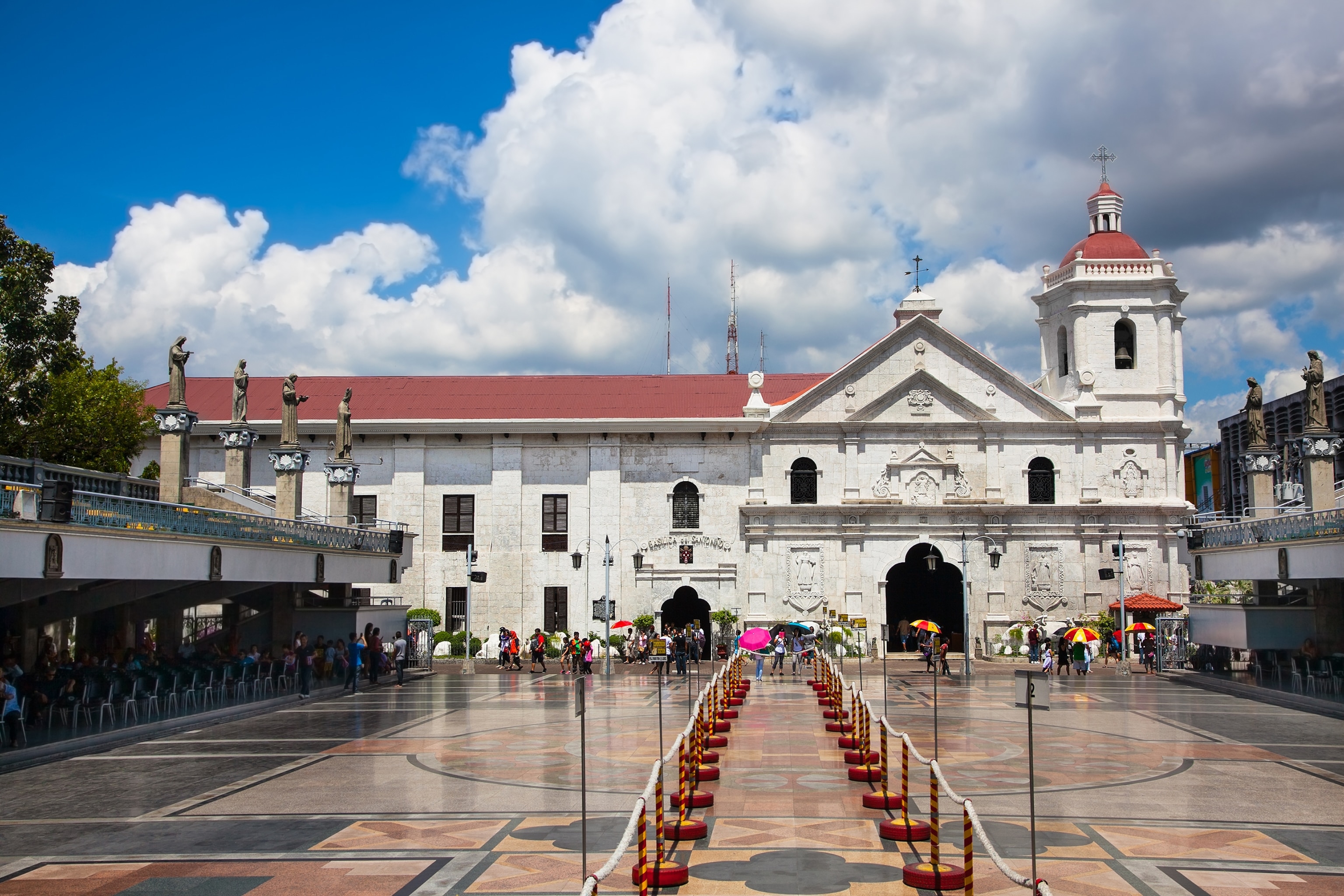
Keeping with the Magellan theme, there’s also the Sinulog Festival. This annual celebration happens in January each year (the third Sunday in Cebu City and the fourth Sunday in Carmen to the north). The festival is an explosion of color and dancing that celebrates the Santo Niño de Cebu, a statue of the baby Jesus presented to the Rajah Humabon of Cebu by Ferdinand Magellan in 1521.
After the dancing and street parties, it’s time to explore the museums and cultural hotspots of Cebu. At the Basilica del Santo Niño, located across the street from Magellan’s Cross, you can see the Santo Niño de Cebu in person. Construction of this magnificent church started in the 1570s and was finished in 1602 (although it’s been burned down and rebuilt a few times since then).
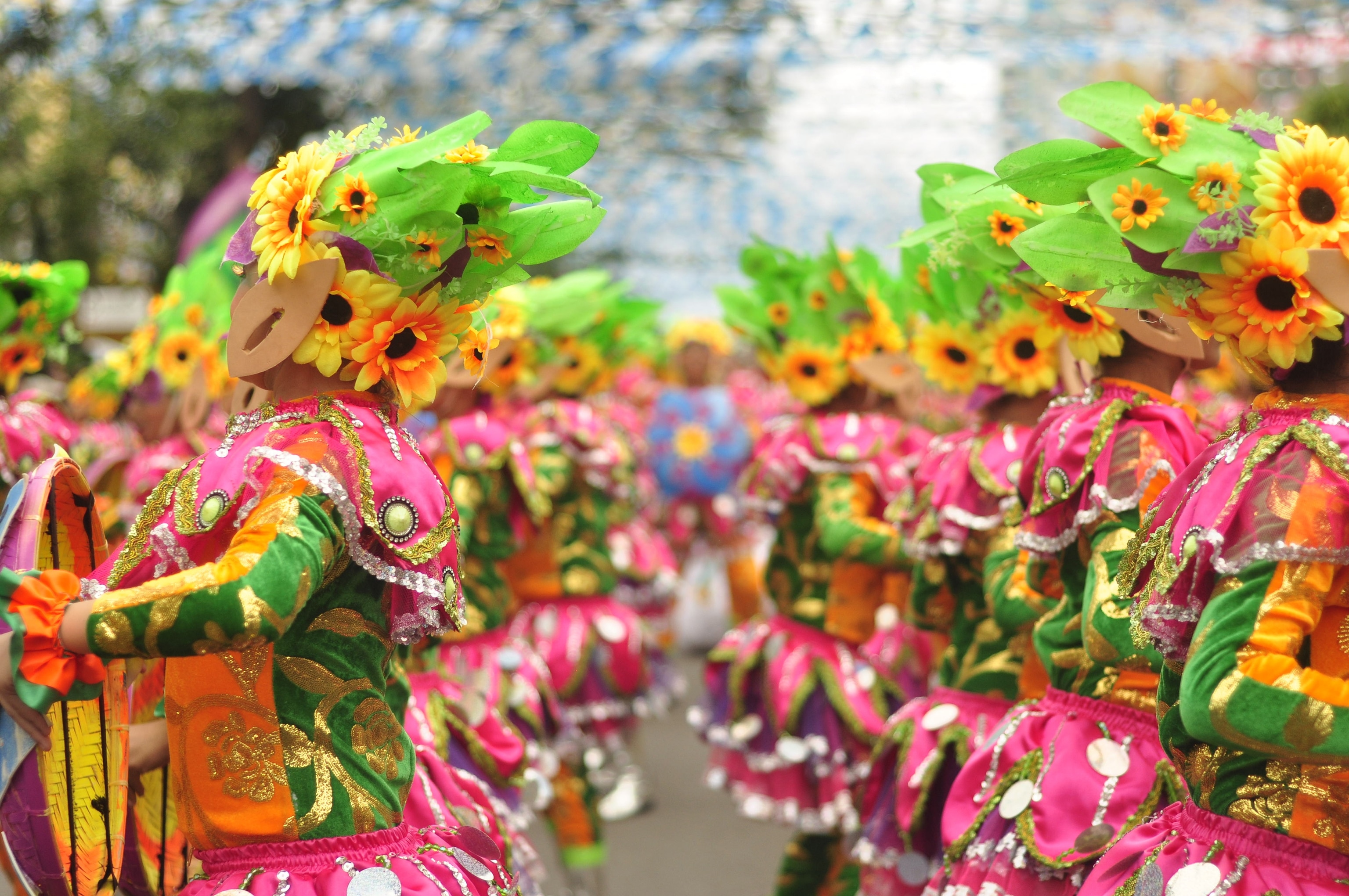
The Casa Gorordo Museum provides visitors with a snapshot of what life was like in Cebu from the mid-1800s on. The house was home to four generations of the Gorordo family and you get a unique perspective on how life in Cebu City changed over the years.
The Cebu Provincial Museum is a must-see if you’re interested in getting a more complete view of the history of Cebu. The museum operates out of the site of the former Carcel de Cebu (a local jail) and offers visitors a chance to learn about the history of the island from the pre-colonial days on, including tools dating back to the Stone Age.
Waterfall exploration and canyoneering
Once you’ve taken in the sites of Cebu City, it’s time to head south, out of the city to explore the natural wonders, and Cebu’s waterfalls are an excellent place to start.
The waterfalls of Cebu don’t just offer incredible views of water plunging from the top of a cliff. Both Anguinid and Tumalog Falls, for example, are a dazzling sight of water cascading over the natural rock formations. The water isn’t, however, one continuous flow as you might expect. Instead, they’re broken up as it plunges, with the water hitting several rock formations as it falls. Mantapuyan Falls is worth exploring, as well, since it’s the highest waterfall in Cebu.
For the more adventurous, Kawasan Falls offers an unparalleled waterfall and canyoneering experience. After hiking to the falls, visitors can climb, float, and explore the canyons around Kawasan Falls all day long. Cabins, rafts, and even life jackets are available to rent on-site.
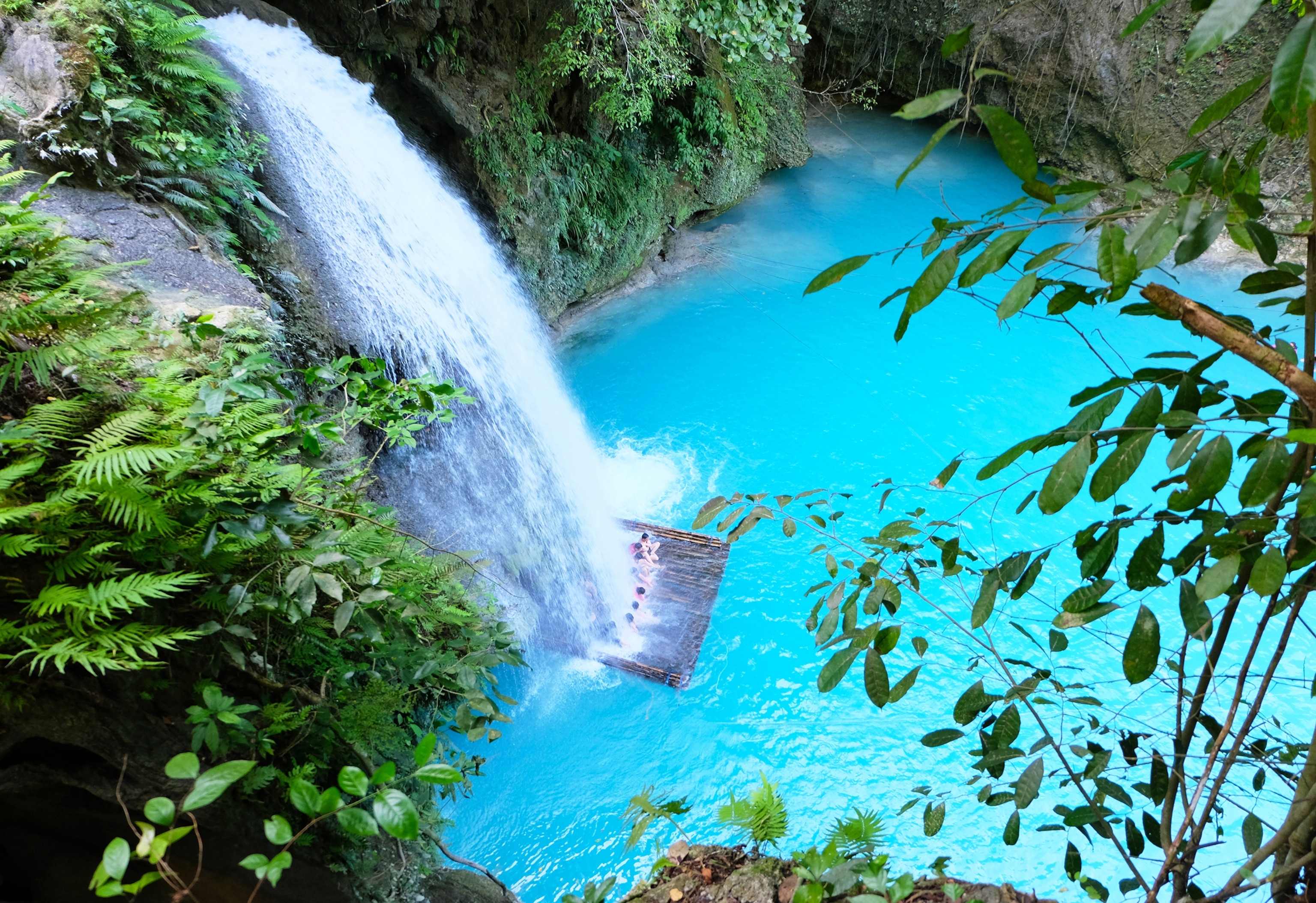
Eco-tours and wildlife viewing
Eco-tours are a great way to get close to nature, without interfering with the wildlife. Cebu has a wide range of options. Aloguinsan River Eco-Cultural Tour is a guided, river tour on the Bojo River. Guests learn about the ecology of the Mangrove, a critical plant in the region that does everything from protecting the islands to acting as a nursery for a wide variety of marine life, and learn about the native birds found along the region. You can continue learning more about mangroves and their importance to the islands at the Mangrove Propagation and Information Center in Cordova. This recently completed initiative helps educate people about the role mangrove plants play to both the local economy and the local environment.
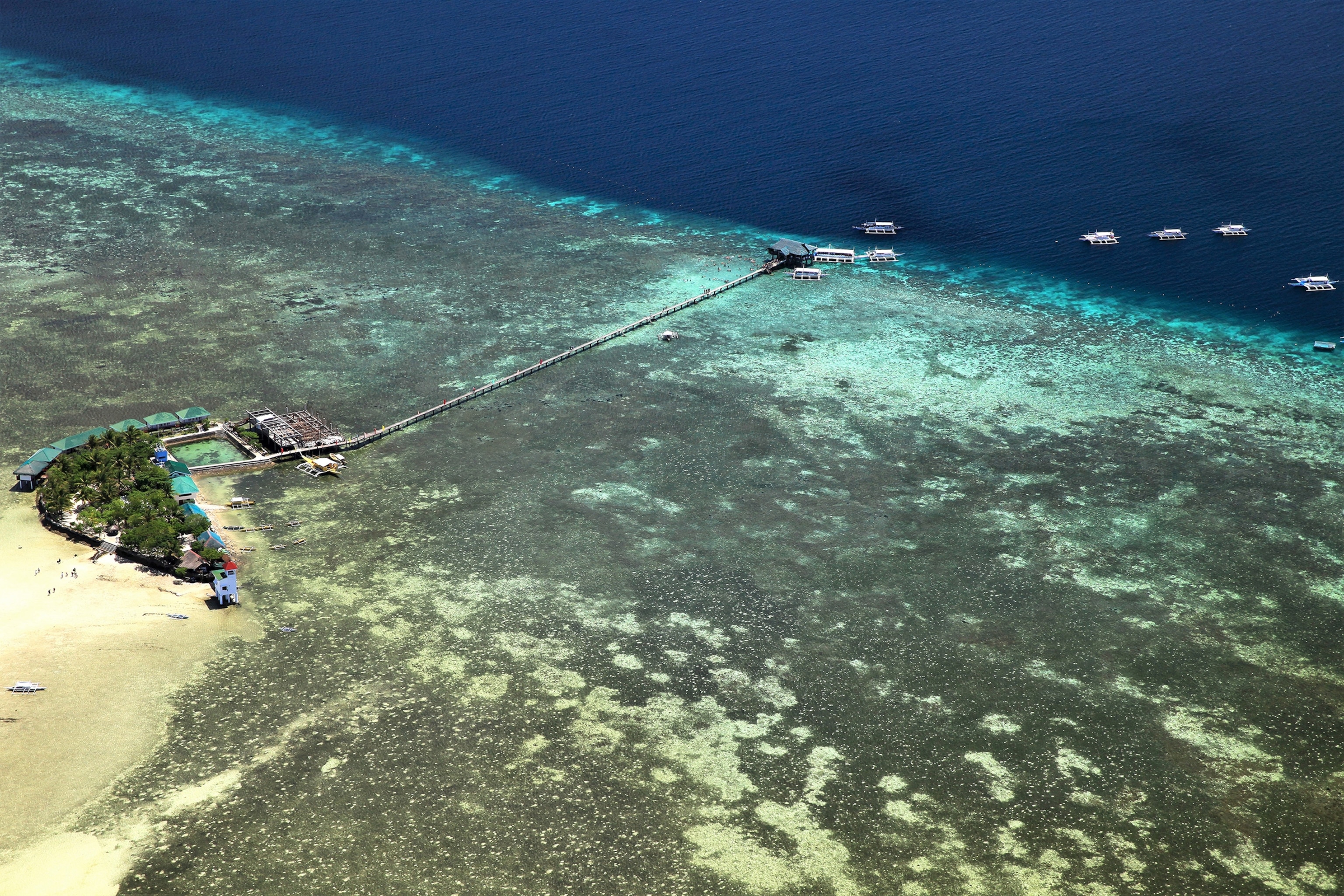

For those who like to go underwater, island hopping tours open up snorkeling opportunities at several local sites, such as the Cordova reef on the Nalusuan Island Marine Sanctuary. For certified divers the sardine run in Moalboal offers the opportunity to dive alongside elegant and fantastically shaped schools of thousands of small fish.
Fantastic views (and where to find them)
Of course, once you explore the ocean, it’s imperative to also explore the mountains. Cebu rewards those who love a good walk (or a hard hike). The best part is the views aren’t restricted to hardcore hikers. The island has a plethora of paths that are perfect for everyone from beginners to more experienced trekkers.
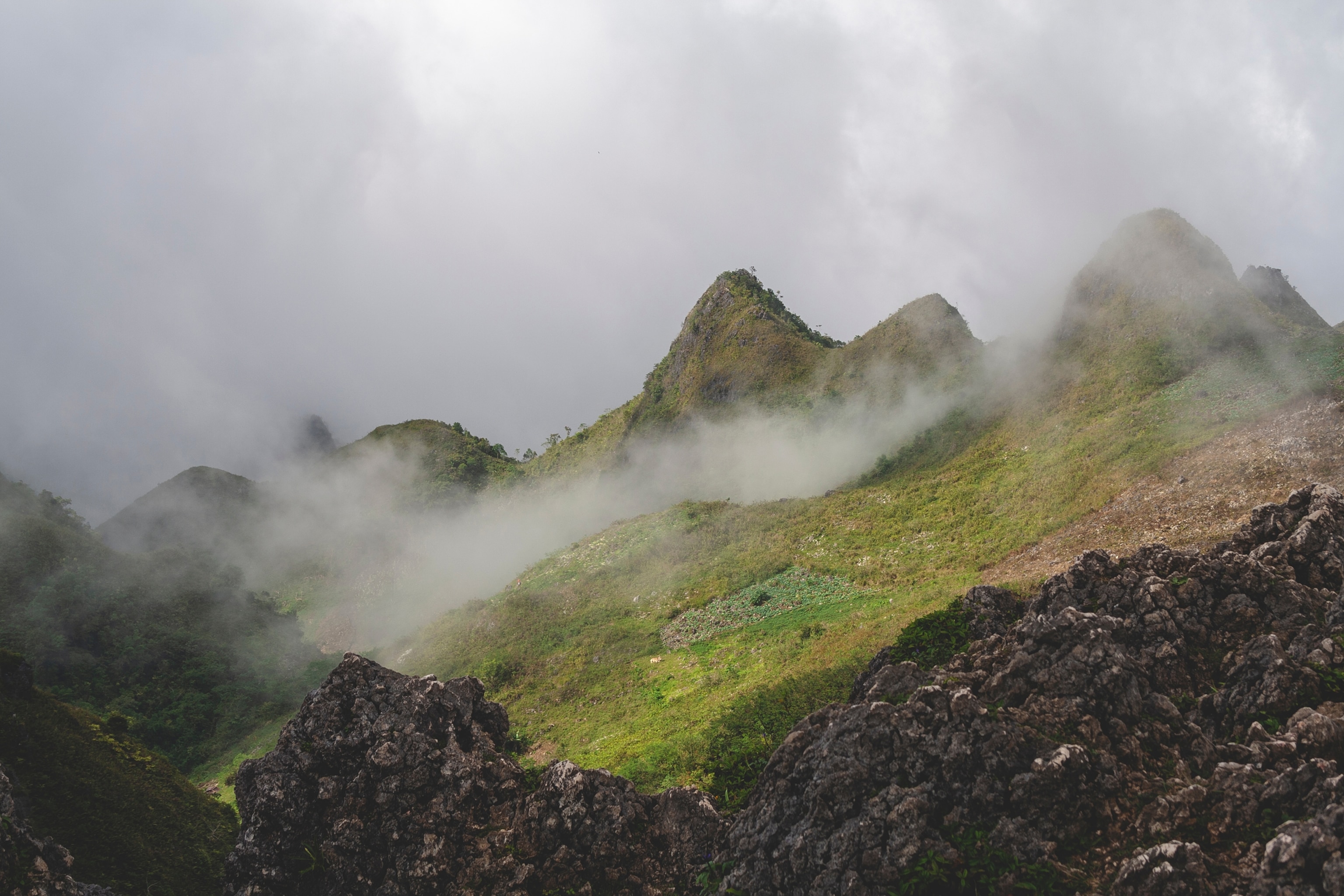
Beginners can tackle Osmeña Peak, which provides an absolutely incredible view of the rolling hills that cover the nearby countryside. It’s a shorter hike that could take you as long as 30 minutes if you’re hiking with kids and very worth the effort. Closer to Cebu, the Buhisan-Toong Tree Tunnel is a great option for those looking for an easy hike through the trees.
Adventure-seekers won’t want to miss Casino Peak. Located not far from Osmeña Peak, the Casino Peak trail is a more intense, 30-minute hike that rewards you with one of the best views on the island.
Get ready for adventure
It doesn’t matter if you’re a history buff, really into nature, or just love good a walk up a mountain, Cebu has no shortage of experiences. The challenge can be deciding whether you want to explore a single aspect of Cebu, like the snorkeling, or if you want to take in a little bit of everything.
There is one thing that’s certain, your journey will be one filled with the kind of adventure that you can only find in an archipelago.
